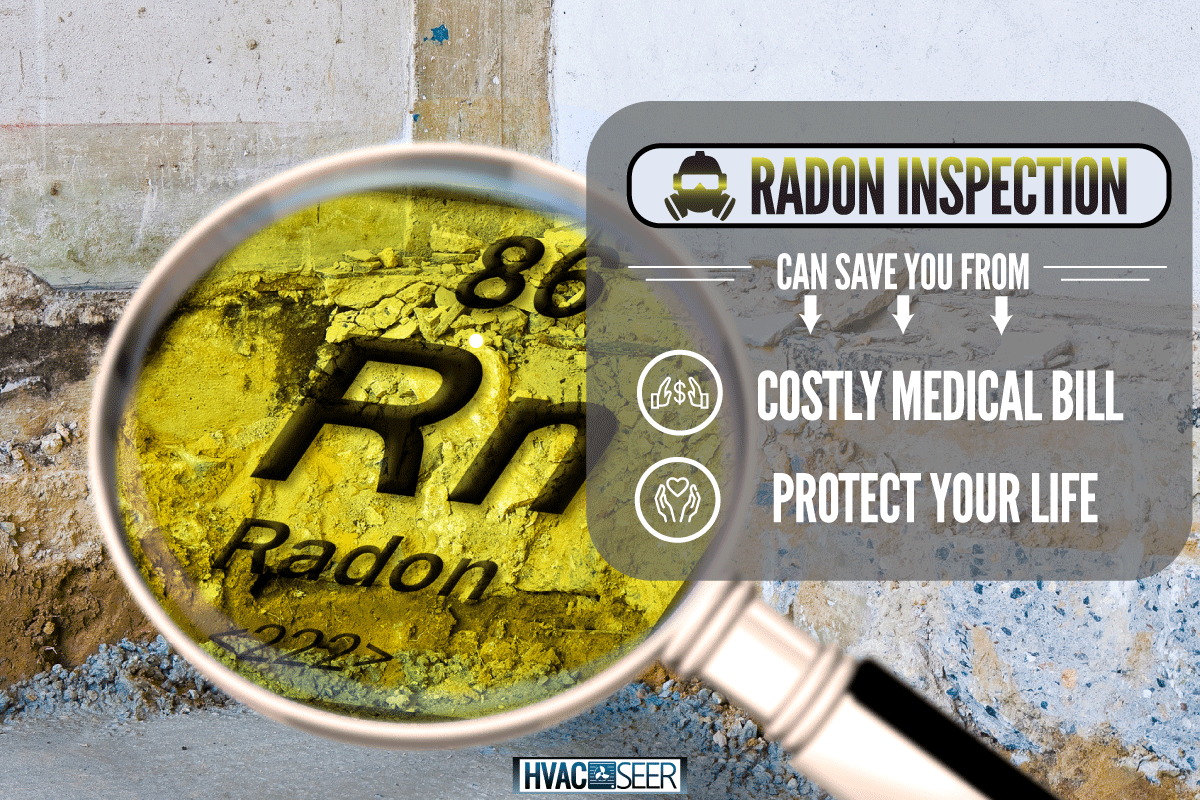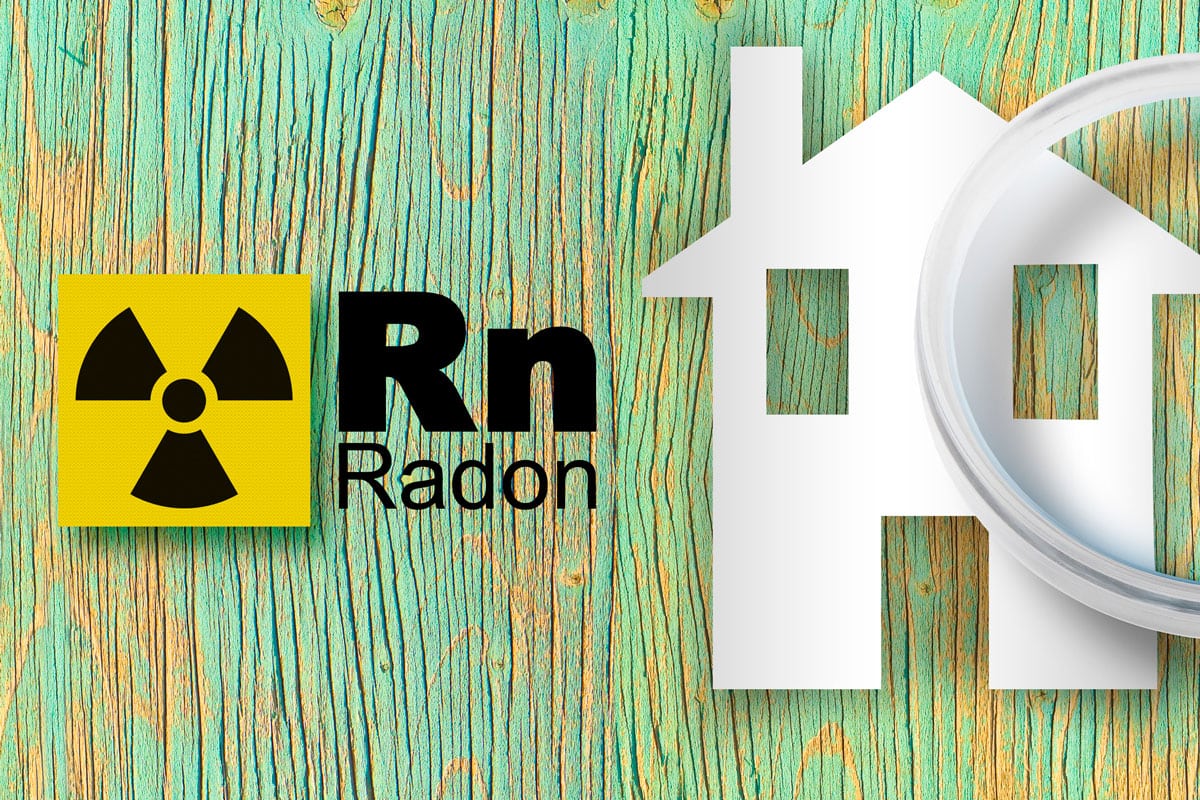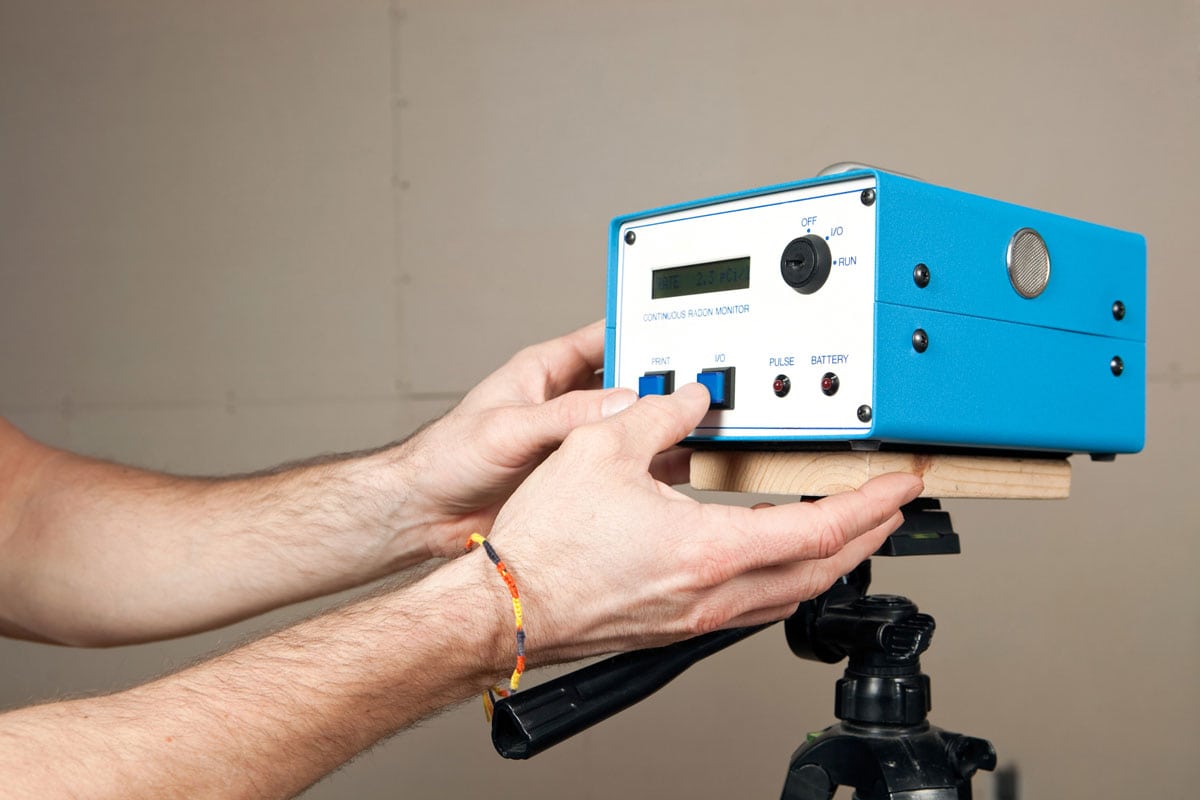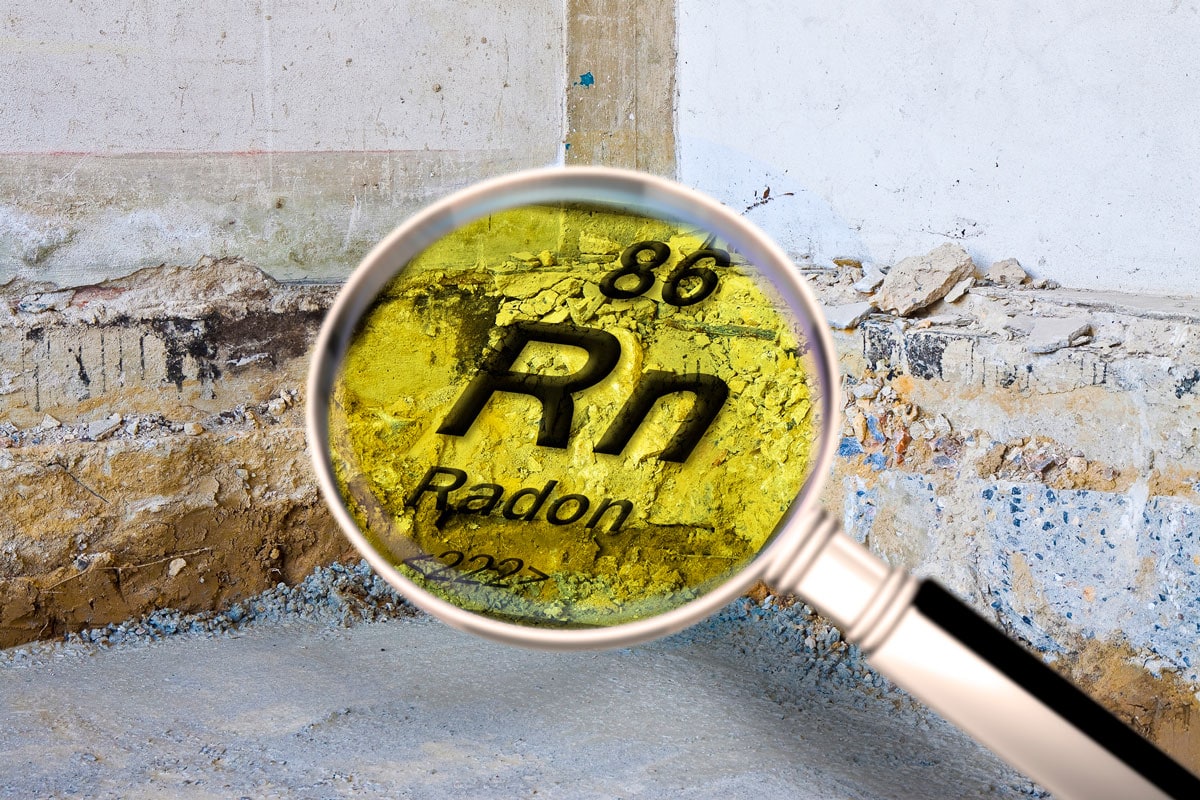Radon testing or inspection can tell you if the radon levels in your home are dangerous. Byt is it really worth it? You are in the right place! We’ve conducted research about this topic to help you answer lingering questions about this.
To put this into perspective, having good health is the most valuable state of being. Preventive care is very important. Likewise, a radon inspection could end up saving you from costly medical bill and protecting your life.
Read on to learn all about radon gas. We'll cover how to have a property inspected for it, why radon in homes is something to be concerned about, and what you can do to reduce or remove radon gas.

What Is Radon?
Radon is invisible, has no smell, and is tasteless. However, it still might be an issue in your house. The chance of developing lung cancer rises when you breathe radon-contaminated air.
Radon is a gas that disintegrates into other substances when it is in the air. Although we breathe radon gas in and out, the decaying particles of radon may remain in the lungs. Over time, cells damaged by these particles may mutate and develop into lung cancer.
In the United States, radon is currently the second most common cause of lung cancer, as radon exposure affects 1 in every 15 houses. Your chance of developing lung cancer is higher if your house has high radon levels and you smoke.

The unprotected sump pump, tiny foundation cracks, and openings in the foundation walls are all possible entry points for radioactive gas to get inside the house. Also, plumbing and electrical wiring penetrations can let it enter.
Also, some areas are more vulnerable to elevated radon gas levels, such as the Northeast and Midwest of the USA. It is actually a house-by-house determination. Even if your neighbor has minimal levels of radon, your home may have substantially elevated levels.
Why Should I Test for Radon?

The primary reason radon testing is necessary is that radon gas is dangerous to your health. Homes all over the United States contain radioactive gas radon. It enters the air you breathe because of uranium's natural breakdown in water, soil, and rock, which turns into radium.
Radon often enters your home through foundation cracks and other flaws, rising through the ground to the air above. In short, radon might be trapped inside your house. Only through testing can you determine whether you and your family are at risk because of radon.
When Should Radon Testing Be Done?
Every homeowner should radon test their properties. It is impossible to determine whether homes are safe without performing a test because radon was discovered in all 50 states and all kinds of residences.
When preparing to sell their home, homeowners should also test it. This aids property sellers in preventing radon exposure and avoiding unanticipated delays and repairs later on in the home selling process.
Include expert radon testing in house inspections for home purchasers. If the findings reveal high radon levels, take action to negotiate radon mitigation or to increase the sales price to pay for repairs before closing the deal.
Where Should Radon Testing Be Done?
The EPA advises conducting the tests at the lowest dwelling level of the house since most indoor radon originates from radon that occurs naturally in the soil. This often denotes a potential area of high radon levels.
The test should ideally take place in a space that is frequently used on that level, like a living room, den, bedroom, or playroom. A restroom, kitchen, laundry room, or corridor is not suitable for testing.
Some test instruments may produce biased findings when used in humid or drafty environments. The devices should not be disturbed while they are sampling. Also, keep them out of the way because doing so might affect their outcomes.
Consider testing a high-use area as well if the lowest occupied level is not in use often. This could aid in improving your estimation of your long-term exposure.
How to Test Your Home for Radon?

Hire a professional to do a radon test on your house for the most accurate findings. A skilled inspector can evaluate the rest of your home for trouble locations where radon can leak in and understands exactly where to position the radon device to achieve the best results.
Short-Term Radon Test
A short-term DIY radon test kit is available for purchase at home improvement, hardware stores, or online. You can complete it in a matter of days. Although these at-home radon test kits appear like a convenient choice, they are not as reliable as radon tests carried out by experts.
Click here to see this short-term radon test kit for air on Amazon.
The placement of tests in the house is just as important as using professional testing equipment. Self-installation of the equipment robs you of the benefits of a professional's experience and knowledge, which reduces accuracy.
Continuous Radon Tests
Perform continuous radon tests using instruments that measure the radon levels throughout time, usually for 48 hours (about 2 days). Professional inspectors will strategically position the device/s in the house based on the layout of the house.
Over 48 hours, the gadget will monitor the radon levels while minimizing or removing interference or "measurement noise" that could lead to inaccurate readings.
After 48 hours, the inspector picks up the gadget and delivers a report based on the measurements gathered by this innovative, sophisticated device.
Long-Term Radon Test
Because of the use of alpha particle tracking to measure radon levels, long-term tests are typically more accurate than short-term ones. For 3-12 months, these tests gather radon gas. Homes in high-risk areas are mostly the ones that should get this test.
See this video about radon testing on YouTube below.
What Should I Do If The Radon Level Is High?
According to the United States Environmental Protection Agency (EPA), the average lowest level indoors is 1.3 picocuries per liter (pCi/L), and outdoors is 0.4 pCi/L.
However, there is no "safe" level of radon. Any exposure may carry some level of danger. Generally, the risk increases with increasing radon level and duration of exposure.
If your home's indoor radon levels are 4 pCi/L or greater, the EPA advises you take steps to lower them. It is preferable to remedy a radon issue before listing your property for sale because you will have more time to do so.
The buyer and seller should talk about the timing and expenses of radon mitigation if there is the discovery of elevated levels during the real estate transaction. The price of radon mitigation work depends on the construction style of your house, and other factors.
Most homes may be repaired for roughly the same price as other typical home repairs. Consult with and request a quote from one or more experienced mitigators.
How To Lower The Radon Level?

Reduce radon levels in homes using a variety of techniques. The fundamental component of most radon mitigation strategies is sealing the foundation's cracks and other openings.
However, the EPA does not advise using sealing as a sole method of radon infiltration control. It has not been shown that sealing by itself reliably lowers radon levels.
Radon is typically reduced using a system that includes fan/s and a vent pipe. These "sub-slab depressurization" solutions don't require significant housing modifications. Homes with crawl areas can also have similar systems installed.
These technologies stop radon gas from seeping into the home through the concrete floor and the foundation. Radon mitigation specialists might use other techniques which may be effective. The ideal system is determined by your home's design and other elements.
How Much Is The Cost Of Radon Testing?
One of the most frequent additional services carried out during a house inspection is radon testing. An average radon inspection costs $412, with prices ranging from $145 to $700. For 2-4 days, radon test devices are left in the house to measure the gas level.
However, hiring a professional mitigation specialist is the most accurate test strategy. The mitigation average cost is $1,000, not including the testing.
Hire a specialist that is certified by the National Radon Safety Board (NRSB). If you need help to test your house or a property you're thinking about buying.
If you plan to do it by yourself, the average price of a long-term DIY radon test kit is between $10 and $200, whereas short-term kits typically cost between $10 and $30. This includes the cost of the test gadget, postage to send it back to a lab, and lab costs for the device's analysis.
Radon Testing: DIY vs. Pro
A DIY kit may be affordable, but there are many ways for the results to be tampered with or used incorrectly. A qualified inspector is aware of the ideal methods, regulations, and tools to get accurate readings.
Ask the professional you hire to look everywhere. During testing, refrain from opening the windows and doors to let fresh air in. This may affect the accuracy of the results.
Final Thoughts

We can find natural gas radon almost everywhere, but it is hazardous at higher-level quantities. Fortunately, directing the gas away from a home's foundation is a reasonably simple operation using radon mitigation.
Depending on the size of the house and the cost of labor in the area, radon mitigation expenses range around $1000. However, the price of radiation diagnosis and management is still less than the average lung cancer-related medical expenses.
Before leaving, don’t forget to check out some of our valuable posts below.

